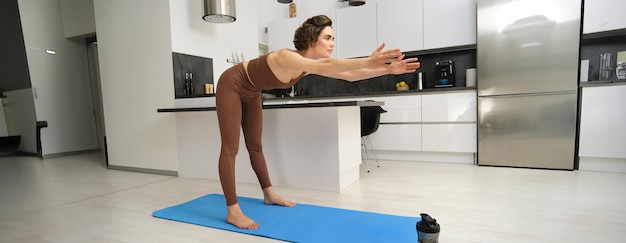If you're a weekend warrior—someone who squeezes intense physical activity into just a couple of days each week—you're not alone. Millions of people balance demanding jobs, families, and fitness goals by packing their workouts into the weekends. But this 'all-in-one-go' approach increases the risk of strains, sprains, and overuse injuries.
The good news? You can significantly reduce your injury risk in just 14 days with a time-efficient, targeted plan designed specifically for your lifestyle. This guide gives you clarity on what to do, why it works, and how to adapt it to your routine—without adding hours to your week.
Weekend warriors often go from low activity during the week to high-intensity exercise on Saturday and Sunday. This sudden spike in physical demand can overwhelm muscles, tendons, and joints not adequately prepared for the load.
Studies show that inconsistent activity patterns increase the likelihood of acute injuries like hamstring pulls, shoulder strains, and ankle sprains. Additionally, poor movement patterns and lack of mobility can compound the risk over time.
This plan isn’t about adding more exercise—it’s about smarter preparation. Over two weeks, you’ll build foundational resilience through short, daily routines that take less than 10 minutes. These micro-habits prime your body for weekend exertion and improve movement quality.

Goal: Reconnect with underused muscles and improve joint mobility.
These movements activate key stabilizers and improve coordination. Glute bridges fire up your posterior chain, bear crawls enhance shoulder and core stability, and dead bugs teach proper core bracing—critical for injury prevention.
Goal: Prepare your body for weekend exertion with light resistance and dynamic movement.
This phase introduces controlled loading to build tissue tolerance. Banded walks strengthen hip abductors, which help stabilize the knee during running or jumping. Paused squats improve depth and control, reducing strain during weekend sports.

Short, consistent movement routines increase neuromuscular efficiency—the brain’s ability to recruit muscles effectively. This improves movement patterns and reduces compensatory strain.
Additionally, daily mobility work boosts blood flow to joints and soft tissues, enhancing nutrient delivery and waste removal. This speeds recovery and reduces stiffness—key for weekend warriors with limited recovery time.
Life happens. If you miss a day, don’t restart—just continue. Consistency over perfection.
If you play a specific sport (e.g., tennis, basketball), add 2–3 sport-specific drills on Day 10 and 13—like lateral lunges for tennis or single-leg balance for trail running.
After two weeks, your body will be better prepared for weekend activity. But don’t stop there. Continue the routine 3–4 times per week to maintain gains. Think of it as a long-term insurance policy for your fitness.
Being a weekend warrior doesn’t have to mean constant aches and injuries. With just 10 minutes a day for two weeks, you can dramatically improve your body’s readiness, reduce injury risk, and get more enjoyment from your active weekends.
Start today—your future self will thank you.

Fitness

Fitness

Fitness

Fitness

Wellness

Wellness

Fitness

Fitness

Fitness

Fitness

Fitness

Fitness

Health

Fitness

Health

Health